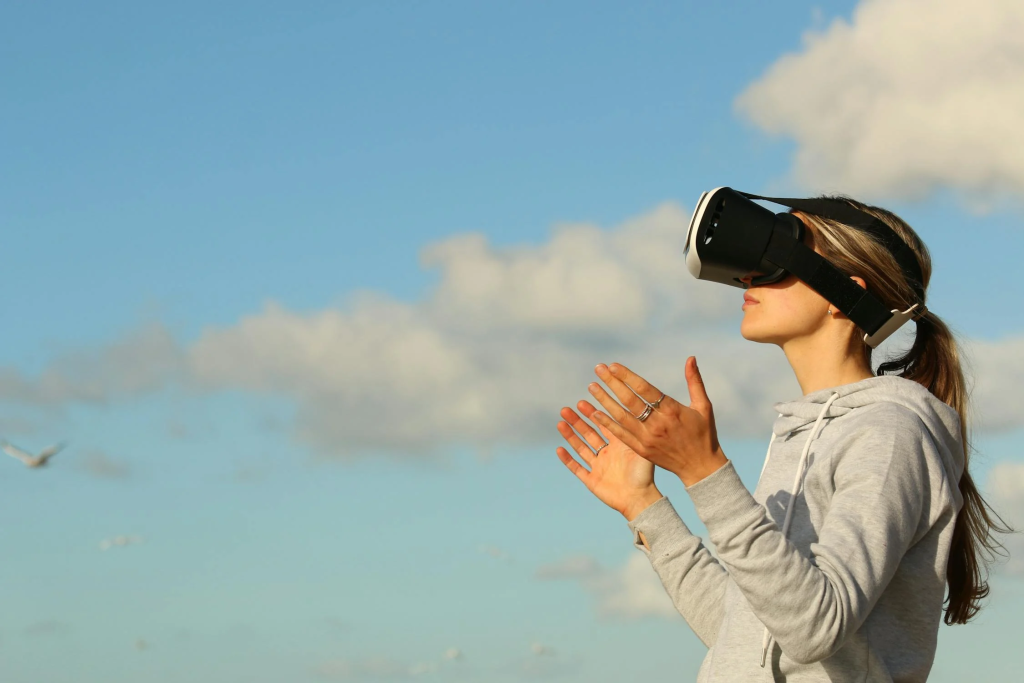Classrooms are no longer confined to four walls. As technology evolves, virtual reality is changing education by creating immersive, interactive environments that enhance how students learn. From virtual field trips to realistic simulations, VR offers new possibilities for teaching, accessibility, and engagement.

What Is Virtual Reality in Education?
Virtual reality (VR) uses headsets and software to simulate real or imagined environments. In education, it allows students to:
- Explore historical landmarks or ecosystems virtually
- Practice medical procedures in a risk-free setting
- Visualize complex scientific or mathematical concepts
As a result, VR makes abstract content more tangible and interactive.
Explore how immersive tools improve learning habits.
Benefits of Using VR in the Classroom
The shift toward VR in schools and universities is driven by several key benefits:
- Increased engagement: Students are more attentive and interested
- Enhanced retention: Interactive experiences improve memory
- Safe practice environments: Ideal for high-stakes or technical training
Moreover, virtual experiences encourage collaboration and critical thinking.
Learn strategies to reduce stress and improve learning outcomes.
Real-World Examples of VR in Education
Across the globe, institutions are adopting VR:
- Stanford University: Uses VR to teach empathy through perspective-taking
- Google Expeditions: Offers thousands of virtual field trips
- Labster: Provides science simulations for schools without physical labs
These innovations demonstrate how virtual reality is changing education across disciplines.
Challenges and Considerations
Despite its promise, VR in education presents challenges:
- High cost of headsets and software
- Need for teacher training and tech support
- Limited access in underfunded schools
Therefore, equitable implementation requires thoughtful planning and investment.
Explore sustainable approaches to educational technology.
The Future of VR in Learning
As technology becomes more affordable and accessible:
- More schools may integrate VR into everyday curricula
- Custom content will evolve for different learning styles
- AI and VR could combine for personalized learning experiences
Final Thoughts: Education Beyond Boundaries
From engaging simulations to virtual exploration, virtual reality is changing education by expanding what’s possible in the learning experience. As adoption grows, educators and students alike stand to benefit from deeper understanding and broader access to the world.
Discover more innovations driving lifestyle and learning evolution.
References:
EdTech Magazine (2024) How VR Is Enhancing Student Learning. Available at: https://edtechmagazine.com (Accessed: 13 May 2025).
Stanford Virtual Human Interaction Lab (2023) Empathy in Education Through VR. Available at: https://vhil.stanford.edu (Accessed: 13 May 2025).
Education Technology (2024) VR Case Studies in Schools. Available at: https://edtechnology.co.uk (Accessed: 13 May 2025).






